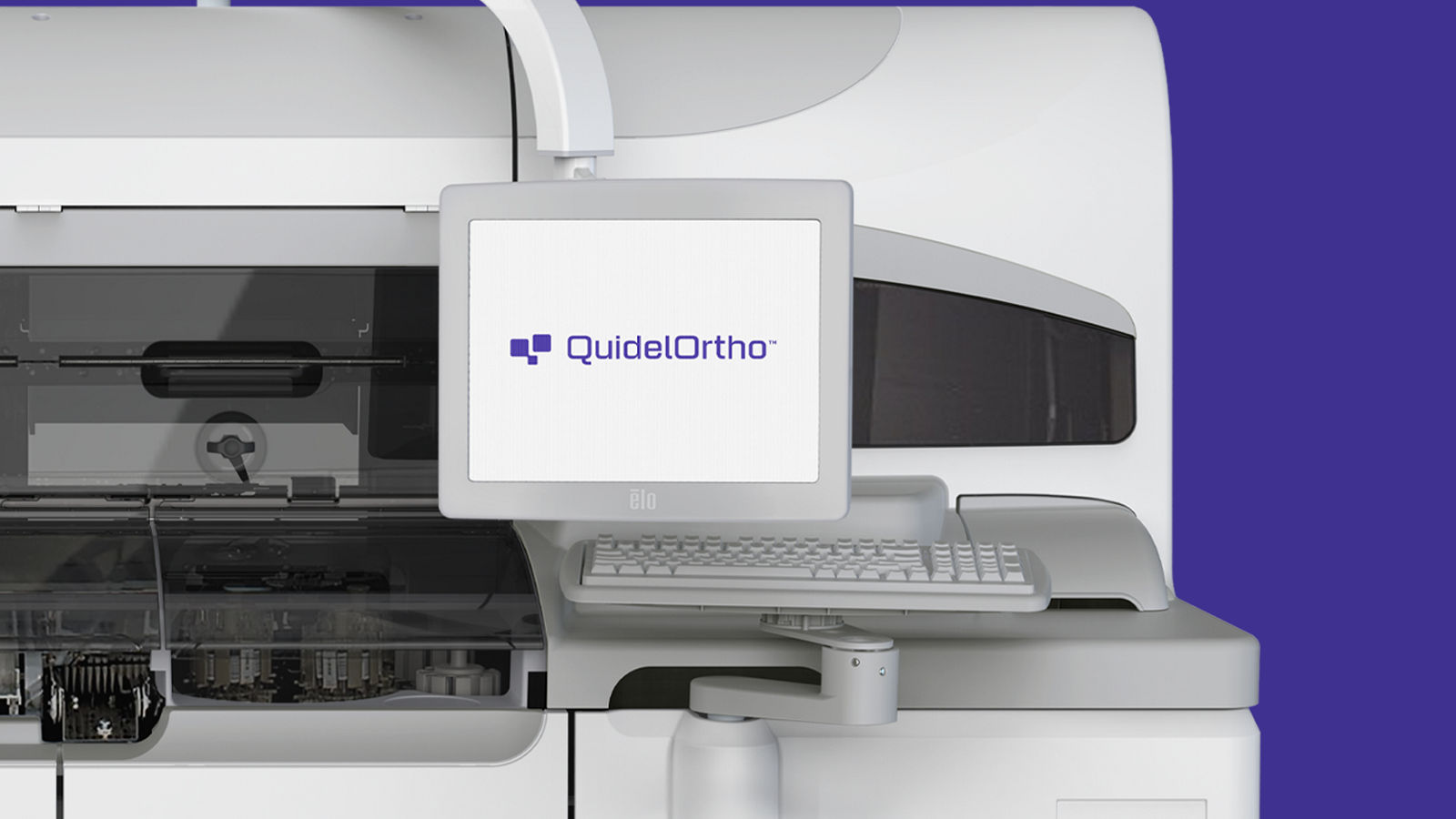Graves’ disease is an autoimmune disease that primarily affects the thyroid gland. It is the most common cause of hyperthyroidism, which involves enlargement of the thyroid gland (goiter) and overproduction of thyroid hormone. Symptoms of hyperthyroidism include:
Rapid heartbeat
Weight loss
Muscle weakness
Feeling warmer
Disturbed sleep
Irritability
Some patients with Graves’ disease also have thyroid eye disease (formerly called Graves’ orbitopathy or Graves’ ophthalmopathy) with inflammatory infiltration of the orbit that can cause:
Bulging eyes (exophthalmos)
Feeling that something is in the eyes
Dry eyes
Red eyes
Light sensitivity
Other inflammatory changes can lead to visual disturbances, such as blurry vision, and other visual symptoms.
Graves’ disease is caused by the production of autoantibodies to the thyroid-stimulating hormone receptor (TSHR). Stimulatory autoantibodies in Graves’ disease activate the TSHR on thyroid follicular cells, leading to thyroid hyperplasia and unregulated thyroid hormone production and secretion. In some patients, antibodies can antagonize TSHR by either blocking thyroid-stimulating hormone binding or interacting with TSHR epitopes that inhibit cAMP production.
Having a family member with Graves’ disease increases the risk of developing the disease. Knowing that someone has this risk factor, some recommendations to help prevent Graves’ disease include:
Living a healthy lifestyle
Reducing stress
Not smoking
Eating whole foods, exercising, meditating and enjoying life are tips to keep a body healthy. Smoking increases risk and is associated with more serious eye manifestations.
The diagnosis of Graves’ disease starts with a healthcare worker recognizing the signs and symptoms and considering the possibility of hyperthyroidism. The classic presentation of Graves’ disease includes symptoms of an overactive thyroid gland. There is a range of symptoms. Mild symptoms including:
Palpitations
Racing heart
Weight loss
Muscle weakness
Tremors
Frank thyrotoxicosis, or thyroid storm, is associated with severe and life-threatening consequences of hyperthyroidism.
Patients may also present with signs and symptoms of eye disease such as “bug eyes” (exophthalmos). Some patients present with classic thyroid eye disease but are euthyroid at the time of presentation. A significant number of patients present with atypical or non-classic symptoms such as isolated tremors, atrial fibrillation or anxiety. In these cases, the diagnosis of Graves’ disease is not considered for many months and definitive diagnosis is unfortunately delayed.
Measurement of thyroid-stimulating hormone, which if below normal (suppressed), confirms the hyperthyroid state. Elevation of thyroid hormone levels then would confirm the presence of clinical hyperthyroidism. The differential diagnosis of hyperthyroidism includes Graves’ disease as well.
Two types of tests are available for clinical laboratories to measure anti-TSHR autoantibodies. One type is a competitive binding test. This test is called a thyrotropin receptor antibody test and measures the ability of the antibodies to bind to the TSHR regardless of the biological activity of the antibodies. Another type of test, referred to as bioassays, measure the ability of the anti-TSHR to stimulate thyroid cells. These tests measure what are called thyroid-stimulating immunoglobulin (TSI) or thyroid-stimulating antibody. TSI is specific for Graves’ disease because it is the stimulating antibodies that lead to hyperthyroidism. Data show that TSI levels correlate with the severity of thyroid eye disease.
Traditionally, the next step would be radioactive iodine uptake and scanning to define and characterize the overactivity of the gland often in anticipation of radioactive iodine ablation of the gland as definitive therapy. More commonly the diagnostic evaluation involves anatomical characterization of the thyroid gland with ultrasonography, which defines the size of the gland and determines the degree of vascularity (blood flow). A diffuse increase in both size and vascularity are consistent with the diagnosis of Graves’ disease. This evaluation, when combined with the clinical symptoms and the hormone levels may be sufficient to make the diagnosis and initiate therapy. Many cases of Graves’ disease are not easily diagnosed, and measurement of thyroid receptor-stimulating autoantibodies is often helpful to confirm the diagnosis.
There are three possible forms of treatment for the hyperthyroidism of Graves’ disease. Radioactive iodine therapy involves administering an appropriate radioiodine dose, which concentrates in the thyroid and destroys thyroid cells. Following this form of therapy, the patient loses thyroid function and becomes hypothyroid and thus dependent on thyroid hormone replacement for life. There are two antithyroid drugs (ATD) available for treatment of Graves’ disease, propylthiouracil and methimazole. Beta-blockers may also be prescribed to help with symptom relief. Total thyroidectomy can be performed if radioiodine is contraindicated and ATDs are not effective or not tolerated.



